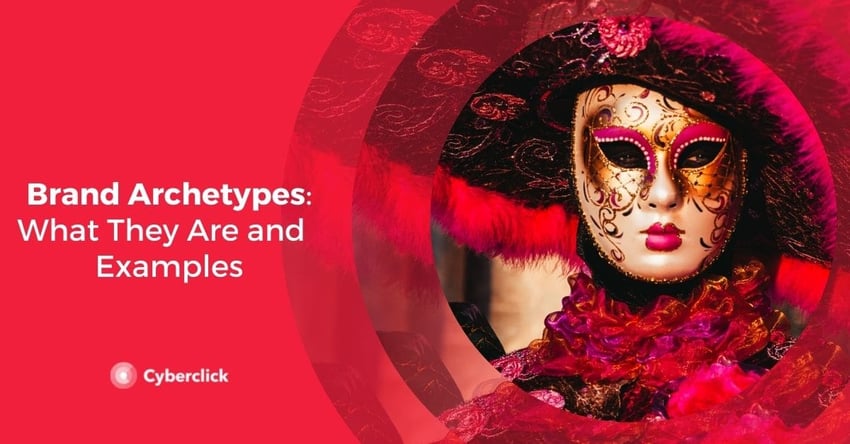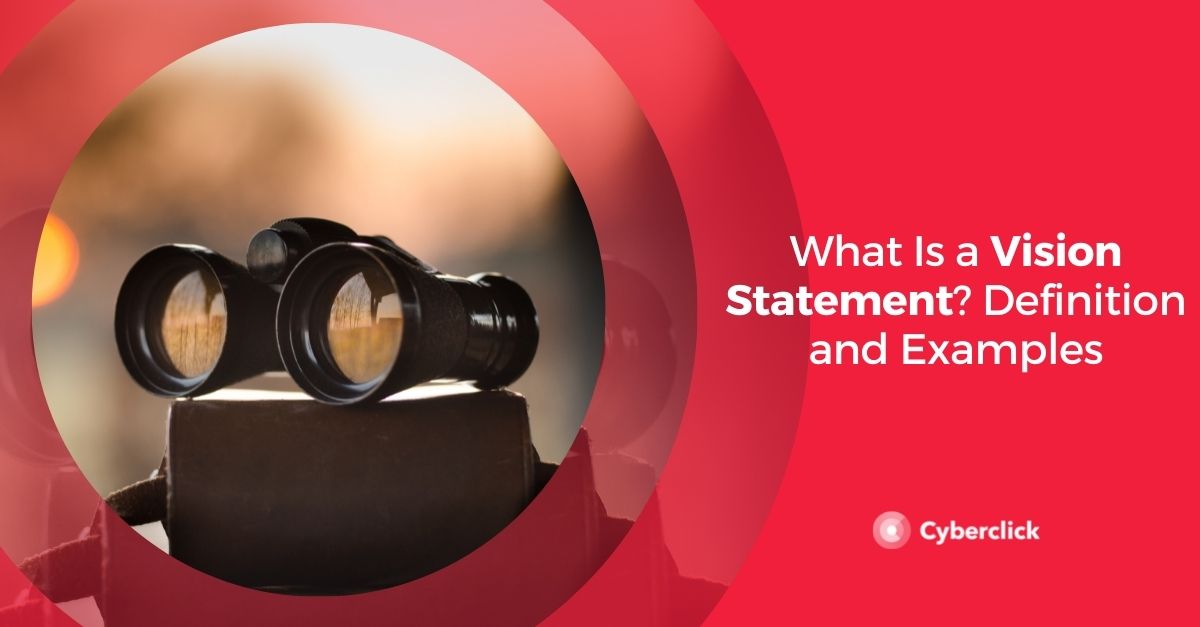There are countless marketing tools and techniques that can help your brand stand out from the masses. But for any of them to work, you need to have a well-designed brand that resonates with your target audience. Otherwise, any technique you use is likely to fall on deaf ears.
So, why do we form connections with some brands and not others? What makes us trust certain brand identities and feel an instant affinity?

One way to ensure your brand makes a positive impact is to research brand archetypes and select a profile that helps you form a connection with people. You then need to reflect this identity in every aspect of your brand.
In this post, we will take a look at brand archetypes and explain why they are such an effective branding strategy. We will break down the 12 typical brand profiles and share a few well-known brand archetype examples to help you understand the concept.
What Are Brand Archetypes?
The concept of brand archetypes was originally thought up by psychologist Carl Jung. He believed that we are surrounded by specific types of people, behavior patterns, and personalities. These are based on innate dominant traits that influence typical behavioral patterns, desires, and motivations. What’s more, Jung believed that these archetypes were universally known and that we all have an instinctive understanding of them.
These archetypes help us label those around us so that we can quickly identify who is the protagonist, who is a villain, and who is a hero. They shape the subconscious narrative we tell ourselves when we meet someone new and help us determine if we should become emotionally invested or not.
In terms of marketing, brand archetypes serve a similar function. They help humanize brands so that audiences can form emotional, personal connections with specific identities and narratives. They are used to convey the values, mission, and vision of a brand, and serve as the first step towards forging a relationship with customers. They also help to differentiate brands by providing them with unique personalities that help them stand out as memorable entities in their own right.
The 12 Brand Archetypes
Jung’s 12 brand archetypes have their roots in Greek mythology, and they have been crafted as a result of decades of psychological research.
These archetypes resonate with audiences for different reasons.
The infographic below illustrates the 12 brand archetypes.
The Innocent
The first of the brand archetypes is “The Innocent.” This is a positive personality with an optimistic outlook. These brands are usually pure, somewhat naive, and happy, with strong moral values. They tend to exude trust, simplicity, and authenticity.
The Sage
This brand archetype is all about the search for knowledge, truth, and wisdom. They are perceived as thought leaders and trusted sources of information. Brands of this type aim to empower people to change the world. Sage archetypes are often used in education and news outlets.
The Explorer
“The Explorer” is all about freedom, adventure, and discovery. These brands tend to be independent and ambitious freethinkers. This archetype is used a lot by outdoor and adventure brands.
The Outlaw
“The Outlaw” is, as you may have guessed, a bit of a rebel. This archetype is all about fighting conformity and disrupting the status quo. They value freedom and believe rules were meant to be broken.
The Magician
“The Magician” is all about delivering transformative experiences and making dreams come true. They believe anything can happen and focus heavily on promoting creativity and imagination.
The Hero
This archetype is all about courage, confidence, inspiration, and bravery. Heroes are ambitious and they inspire people to work harder. They are often used by brands focused on sports and the outdoors.
The Lover
“The Lover” is a true romantic. They value relationships and focus on intimacy, passion, and forming emotional connections. This archetype is often used by indulgent brands that sell products like chocolate, wine, and cosmetics.
The Jester
This archetype is all about fun and humor. Jesters are mischievous and extremely charismatic. They encourage others not to take life too seriously and to join the party. They are often used by brands that promote food and entertainment.
The Everyman
“The Everyman” is warm, friendly, and humble. Their main motivation in life is being liked and fitting in. This archetype is usually used by affordable, everyday brands that target the masses, such as home decor and furniture.
The Caregiver
“The Caregiver” is all about altruism. This archetype is built on a solid foundation of empathy, kindness, and compassion. It is typically used by non-profits and brands that are focused on sustainability.
The Ruler
“The Ruler” is all about power, status, and control. This archetype is used by brands that focus on striving to be the best of the best, and is usually found in luxury markets that are associated with wealth and success.
The Creator
The last of the 12 brand archetypes is “The Creator.” This brand type focuses on creativity and innovation, an isn’t afraid to try new things. These types of brands constantly strive to create meaningful products with enduring value, often in the area of design and technology.
Examples of Brand Archetypes
Now that we’ve looked at the 12 brand archetypes, let’s take a look at a few well-known brand archetypes examples to help you understand how the concept works in practice.
The following brands have all established recognizable brand identities that resonate with their target audiences.
Apple (The Creator)
A perfect example of “The Creator” is Apple. The whole ethos of the brand is focused on inventing revolutionary products and being a trailblazer in the field of technology. Plus, their advertising slogan from 1997 to 2002 was “Think Different,” which is straight from the creator’s playbook.
Dove (The Innocent)
Dove is another great example of a quintessential brand archetype. Its whole brand identity is molded around the concept of positive messaging and the simplicity of embracing both nature and who you are.
Disney (The Magician)
We can’t talk about brand archetypes without talking about Disney. Disney is perhaps one of the most iconic magician archetypes in history. The brand’s entire personality is about magic and wonder. From its exciting theme parks to its enchanting movies and its magical slogan, "Where Dreams Come True,” Disney is the embodiment of the magician archetype. Walt knew exactly what he was doing when he designed his world-famous brand.
CEO y cofundador de Cyberclick. Cuenta con más de 25 años de experiencia en el mundo online. Es ingeniero y cursó un programa de Entrepreneurship en MIT, Massachusetts Institute of Technology. En 2012 fue nombrado uno de los 20 emprendedores más influyentes en España, menores de 40 años, según la Global Entrepreneurship Week 2012 e IESE. Autor de "La empresa más feliz del mundo" y "Diario de un Millennial".
CEO and co-founder of Cyberclick. David Tomas has more than 25 years of experience in the online world. He is an engineer and completed an Entrepreneurship program at MIT, Massachusetts Institute of Technology. In 2012 he was named one of the 20 most influential entrepreneurs in Spain, under the age of 40, according to Global Entrepreneurship Week 2012 and IESE. Author of "The Happiest Company in the World" and "Diary of a Millennial".






Leave your comment and join the conversation